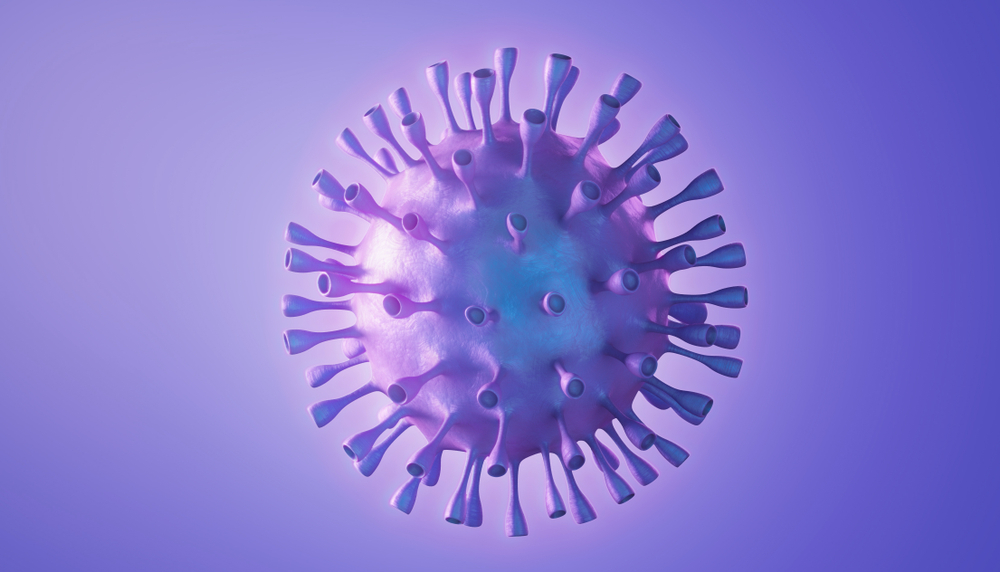INFLUENZA A H3N2 (A/HK/8/68) VIRAL LYSATE
Influenza A H3N2 (A/HK/8/68) virus is an enveloped virus with a diameter of 80-120 nm, and contains a single-stranded, segmented, negative-sense RNA within a nucleocapsid. Influenza Virus is a Biosafety Level 2 organism. Viral inactivation of this product is verified for every lot of lysate by the absence of viral growth in validated tissue culture based infectivity assays.
PRODUCT DETAILS – INFLUENZA A H3N2 (A/HK/8/68) VIRAL LYSATE
- Influenza A H3N2 (A/HK/8/68) virus is propagated in the MDCK cell line.
- This virus is purified using sucrose density gradient ultracentrifugation, disrupted in the presence of 0.5% Triton X-100 non-ionic detergent/0.6 M KCl, and heat inactivated.
- Viral lysate is usually sold in a vial containing 1.0 mg of protein, and is shipped on dry ice. Protein concentrations generally range from 0.5 to 3.0 mg/mL.
- Suitable for the development of immunoassays, Western blotting, dot blotting and other protein-based assays.
BACKGROUND
The influenza A viruses are negative-sense, single-stranded, segmented RNA viruses of the genus Alphainfluenzavirus, family Orthomyxoviridae. Influenza spreads globally in yearly outbreaks, resulting in about three to five million cases of severe illness and about 290,000-650,000 respiratory deaths (WHO, 2018). The epidemiologic success of influenza viruses is due to their ability to mutate their Haemagglutinin and Neuraminidase surface proteins and their subsequent antigenic variation. These variations culminate in different subtypes, named according to the type of Haemagglutinin (H1-18) and Neuraminidase (N1-11) (Centers for Disease Control and Prevention, 2017). The H3N2 subtype emerged in 1968 and was associated with increased influenza morbidity and mortality globally through 1972 (Jester et al., 2020). Since then, this subtype has circulated as a seasonal influenza A virus associated with more severe annual epidemics than those caused by the H1N1 subtype and influenza B viruses. The majority of H3N2 virus infections result in clinically mild, uncomplicated upper respiratory tract disease and most findings from pandemic cases have included malaise, fever, myalgia, cough, headache, coryza, and sore throat. The 1968 pandemic was caused by the influenza A/Hong Kong/1968 (H3N2) virus. This pandemic strain contains two genes derived from a low-pathogenicity avian influenza A virus and six genes from the H2N2 virus that had been circulating among people since its emergence to cause the 1957 pandemic (Jester et al., 2020). The illnesses and deaths in 1968–1969 were significant but did not reach the same impact of the H1N1 virus that emerged in 1918.
REFERENCES
- Centers for Disease Control and Prevention. (2017). Influenza Type A Viruses.
- Jester, BJ. et al. (2020). Fifty Years of Influenza A(H3N2) Following the Pandemic of 1968.
- World Health Organization (WHO). (2018). Influenza (Seasonal).

